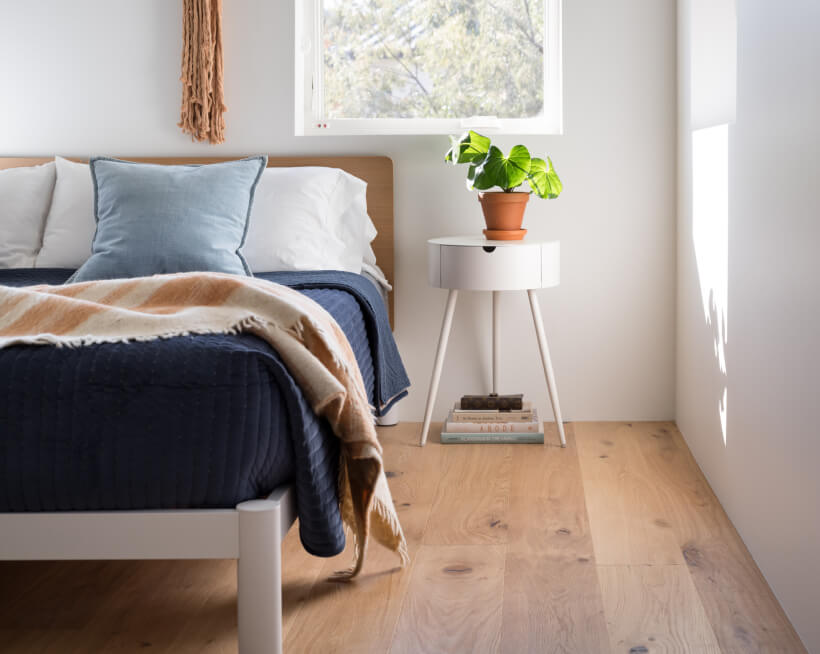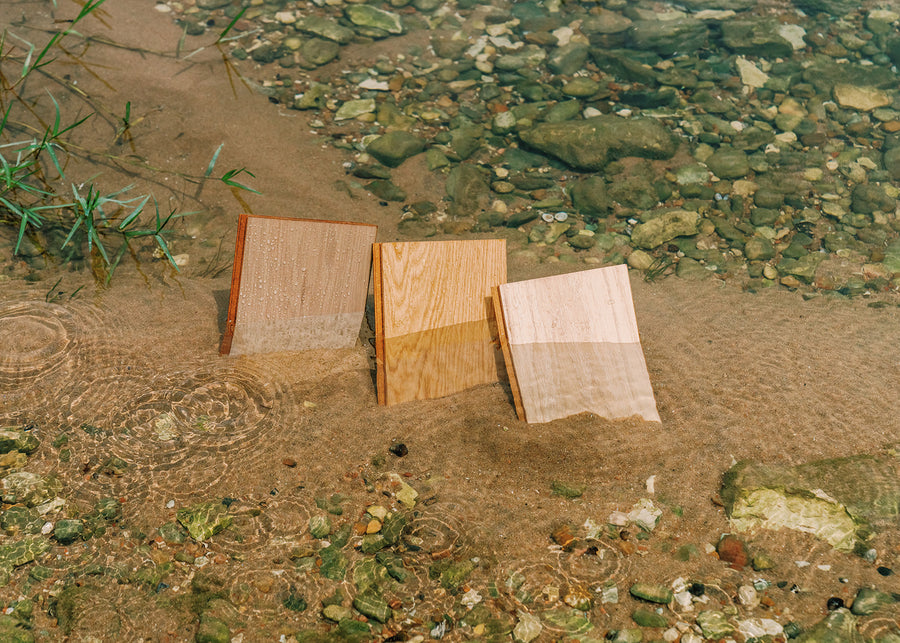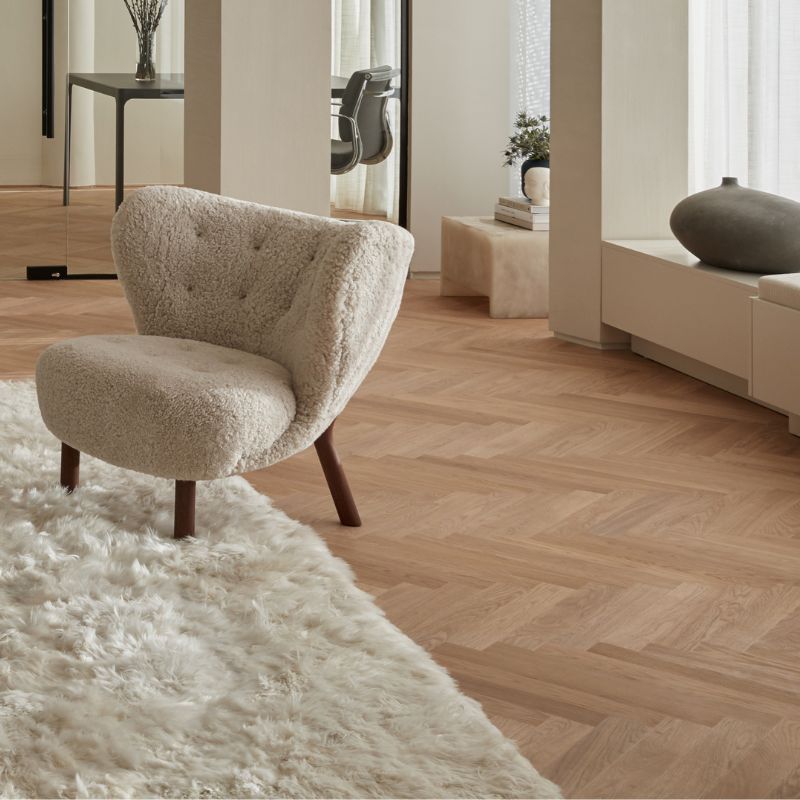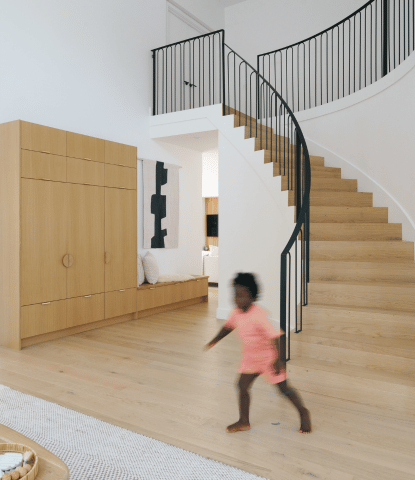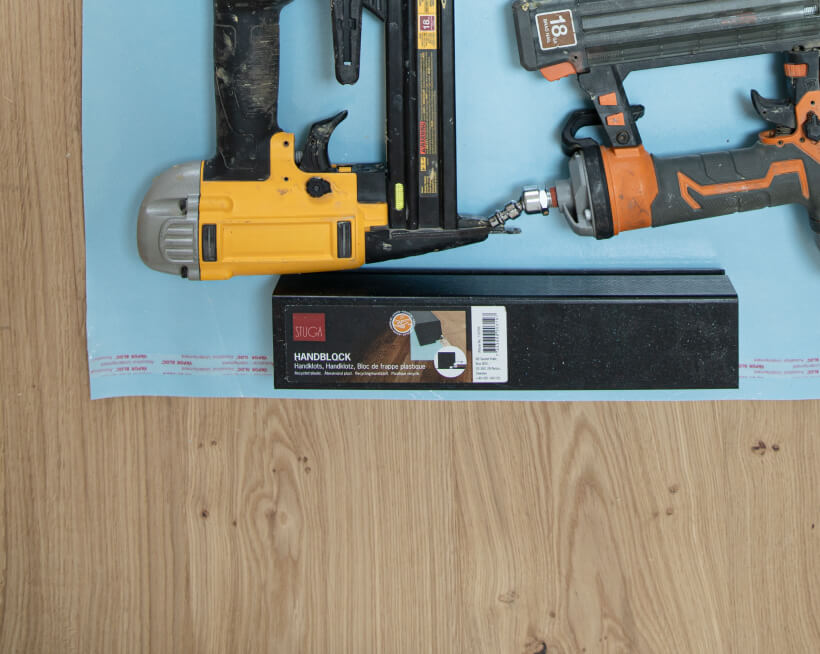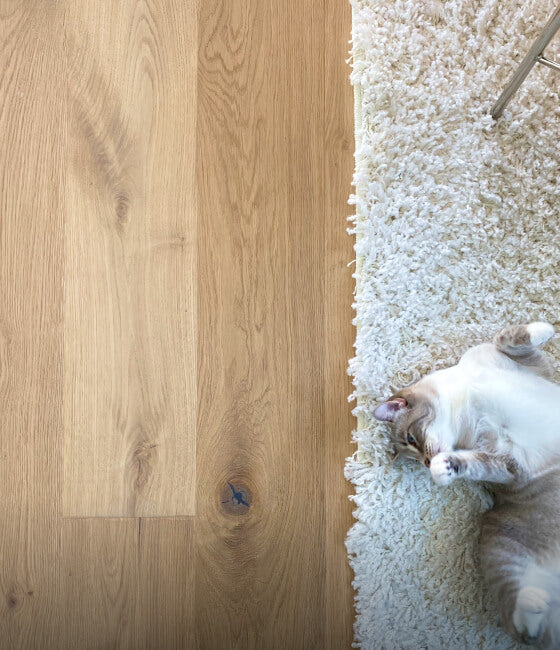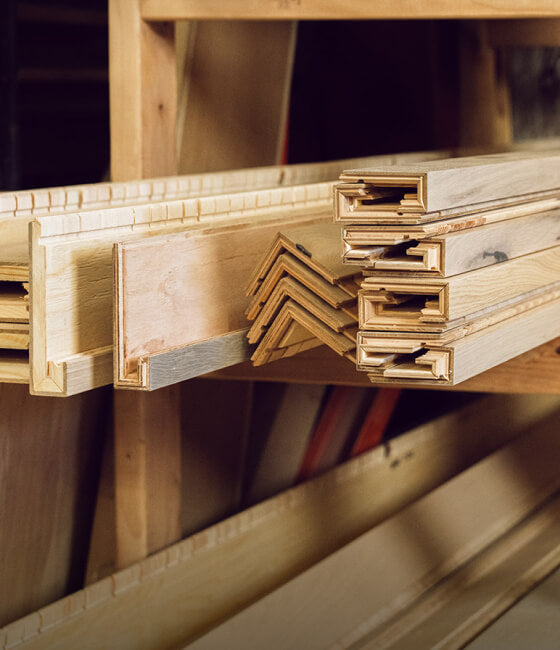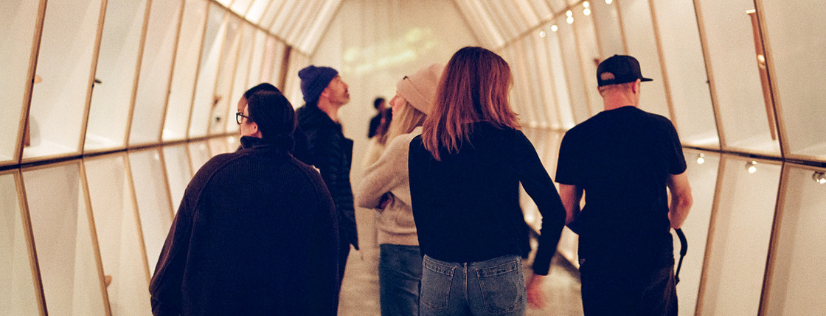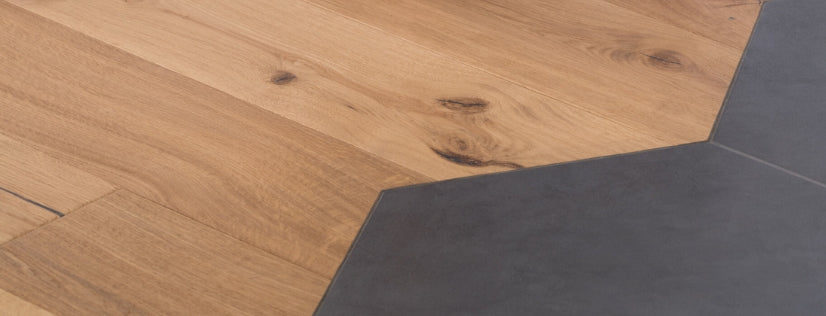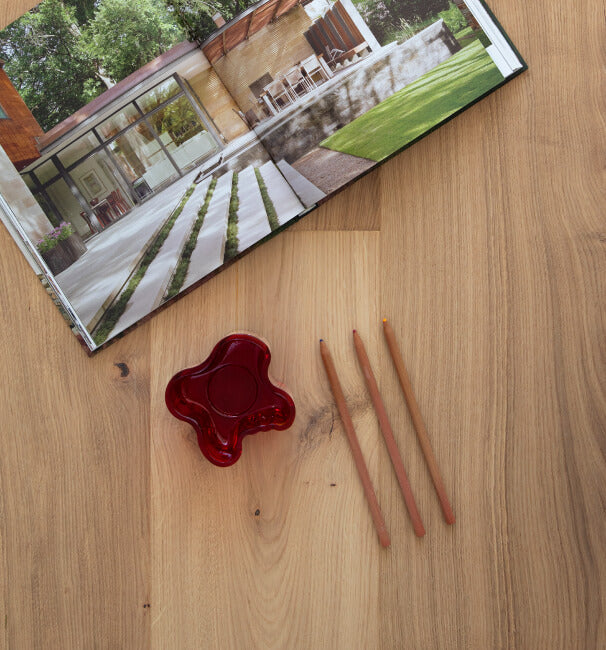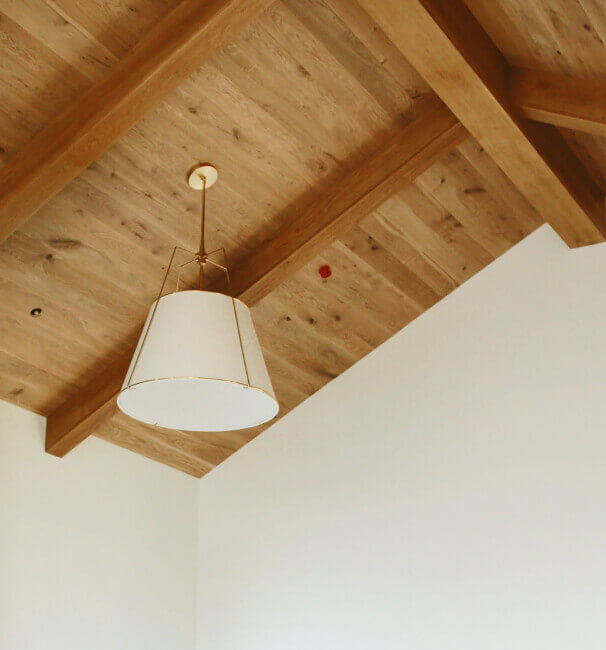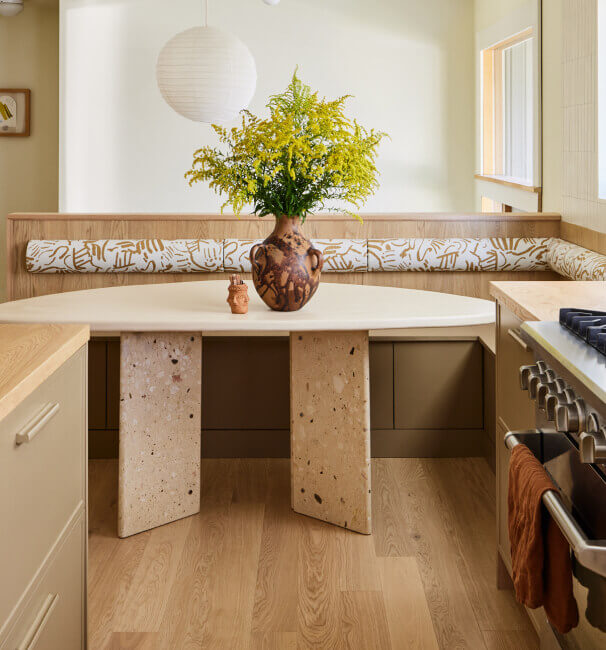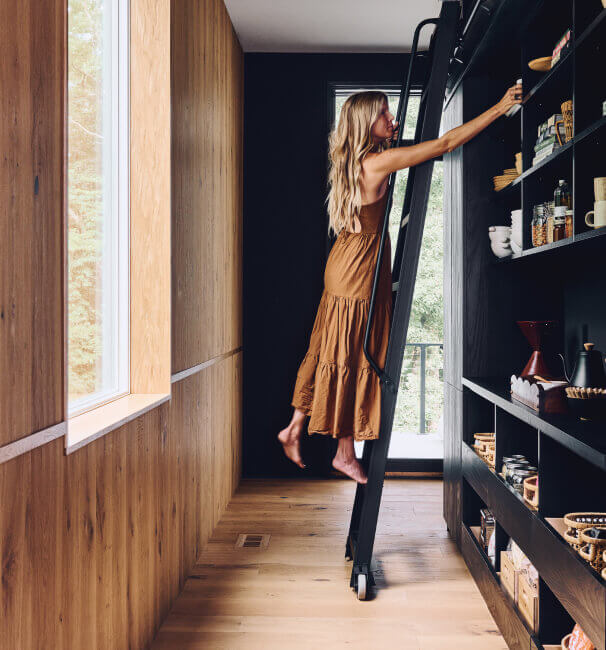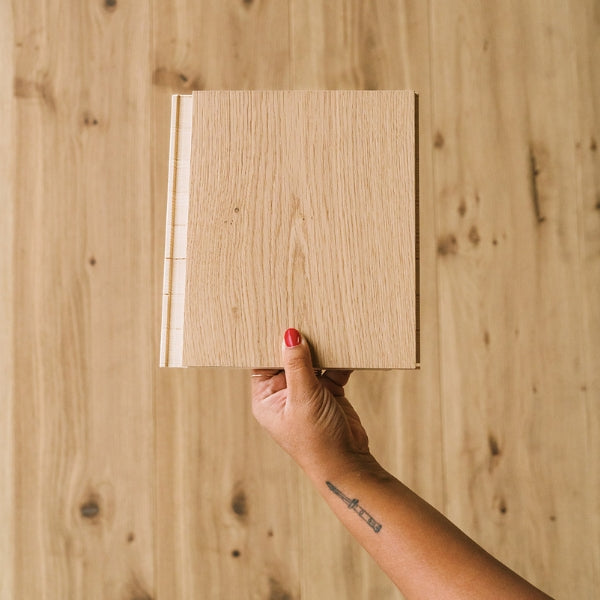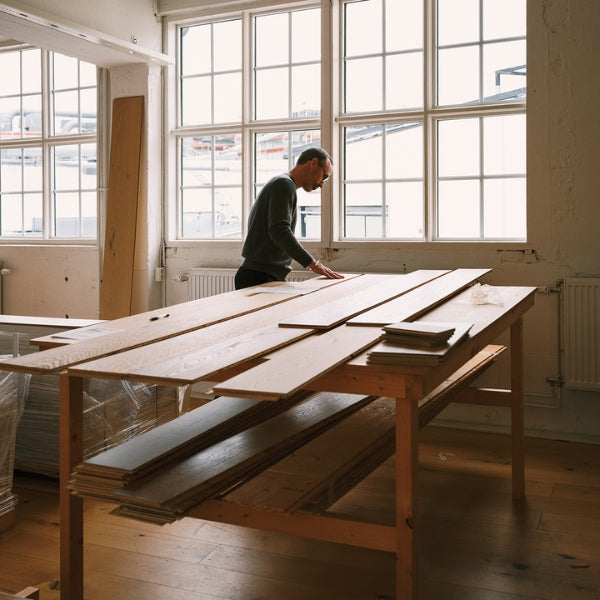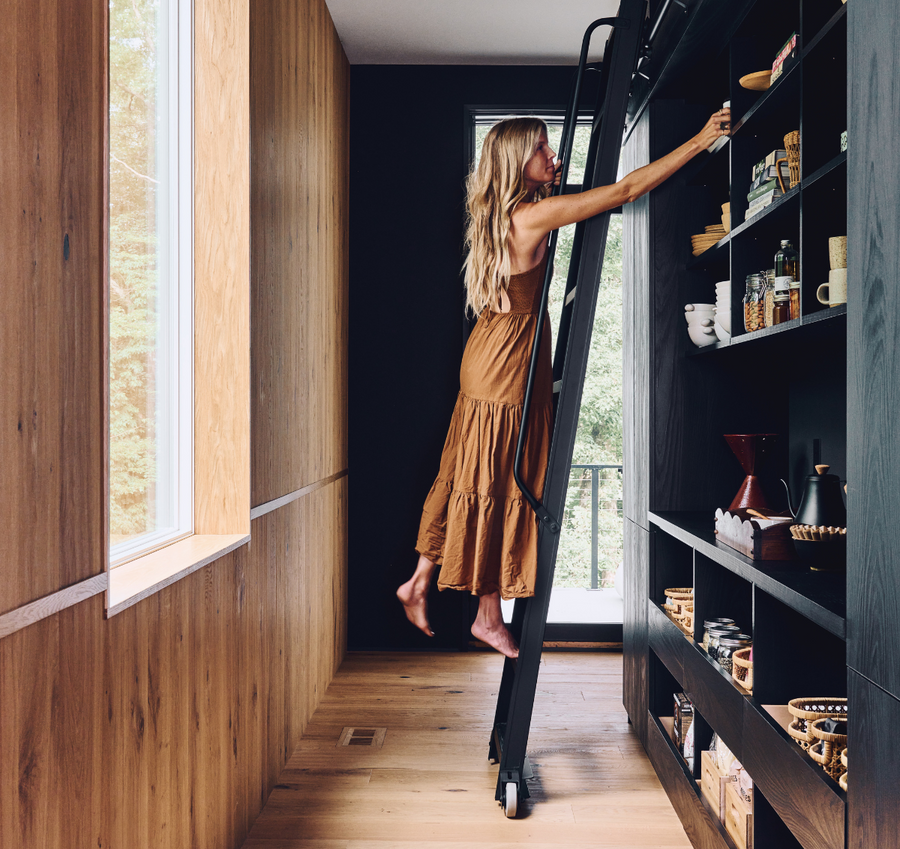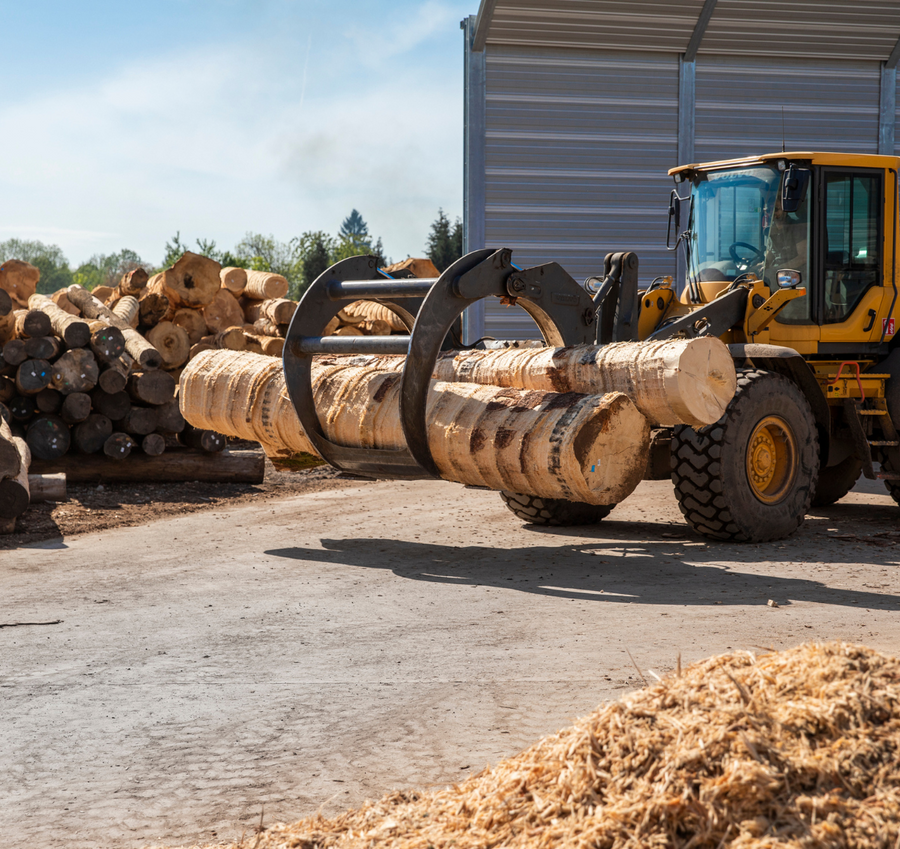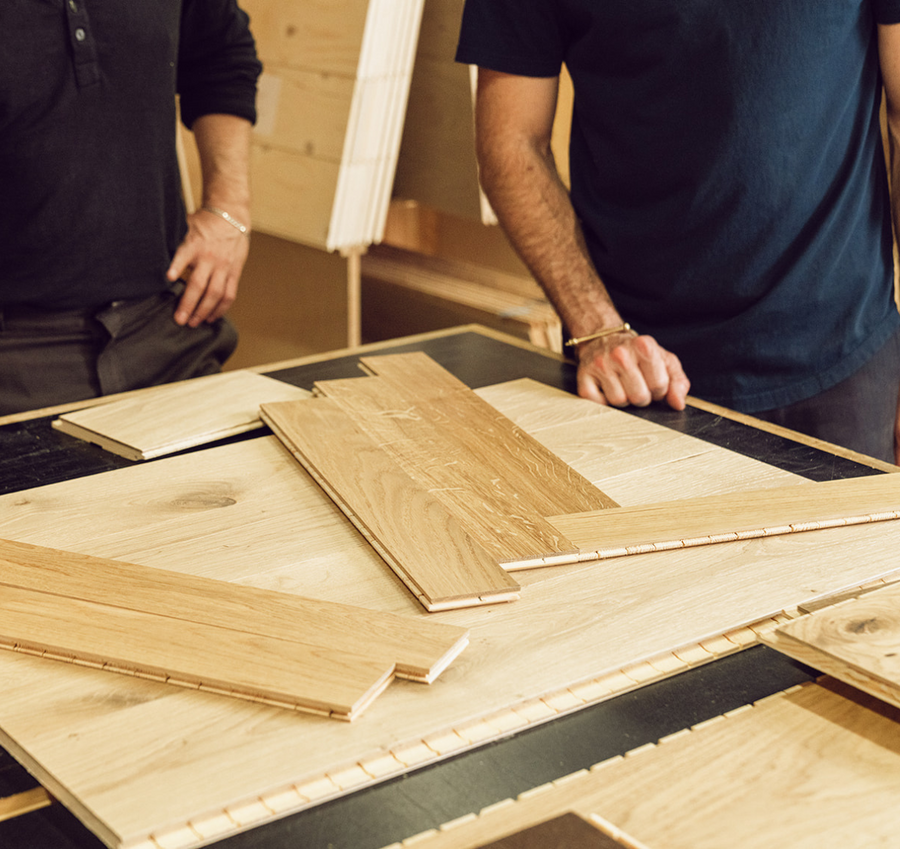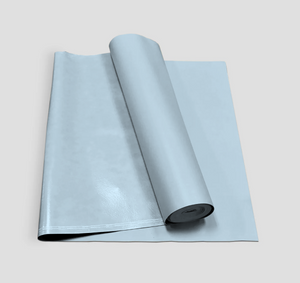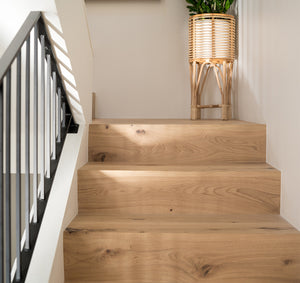December 06, 2023
The Stuga Story: Good Design For All
by Marc Bacher
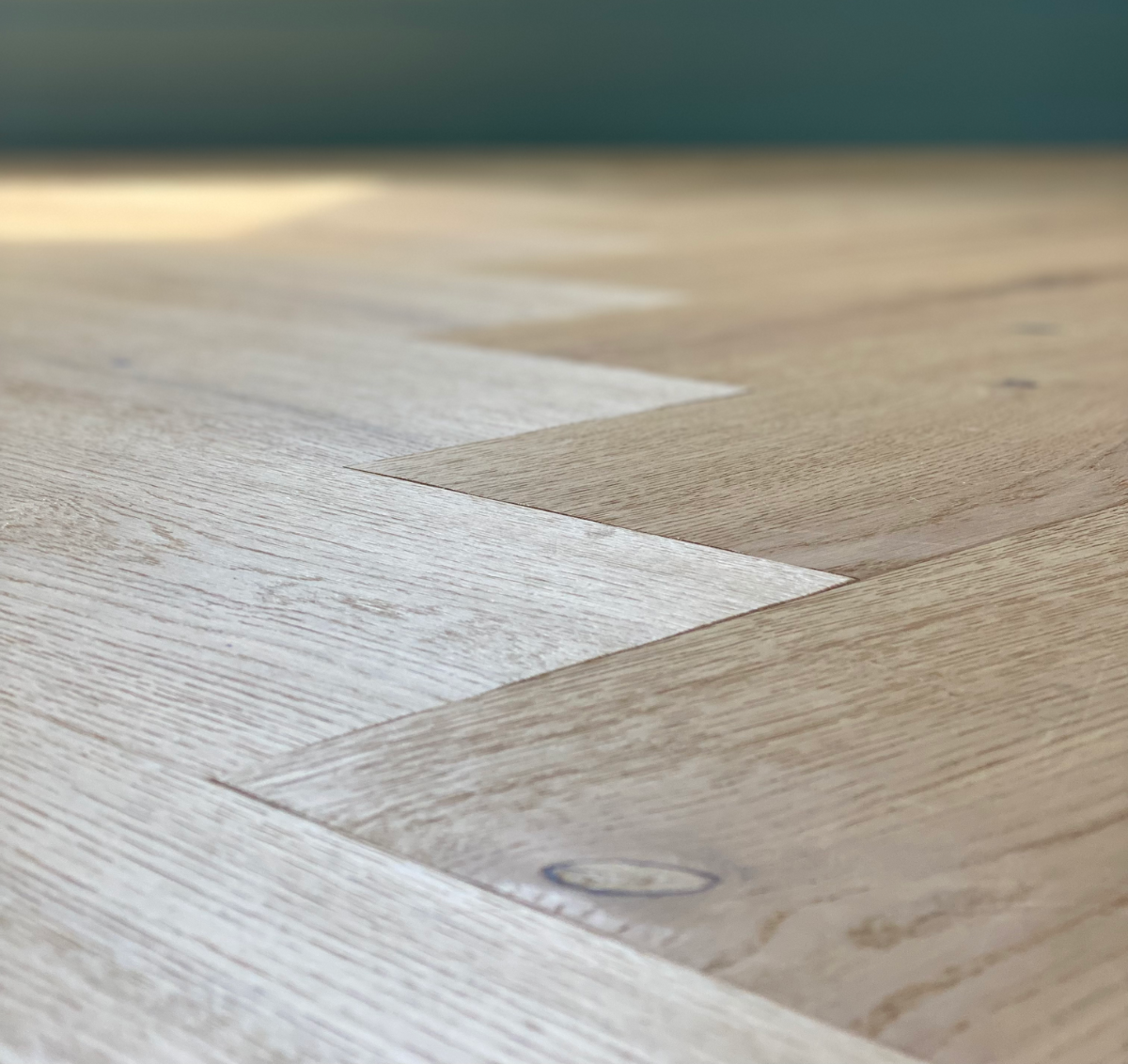
I’ve always loved the Scandinavian design ethos and the idea that design can improve the lives of everyone. I fell in love with that approach to interior products, and when it came to building Stuga, I aimed to bring thoughtful design to anyone, anywhere. Renovation is complicated, but finding beautiful flooring and stair solutions shouldn't be.
I spent three years living and working in Sweden, managing and developing products for one of the most storied flooring manufacturers in the world, a company known for its innovative practices and environmental stewardship. They invented the engineered floating wood floor back in 1941, the first pre-finished (factory-finished) wood floor in 1956, and were the first to remove all solvents from their acrylic finishes back in the 1980s, way before “green” was ever a buzzword. They were meticulous about everything from forest to floor and were focused on ensuring that they could operate sustainably for another 150 years. This taught me a lot about corporate responsibility within Scandinavia and how they are working to meet the world’s needs for resources, sustainably, at scale.

My time in Sweden changed my life in many ways, but most importantly I got to experience what makes good design. I interacted with it every day. I experienced Scandinavian design principles and witnessed how important design was for well-being. Scandinavians spend a lot of time indoors due to notoriously dark winters, so creating beautiful, creative, and healthy spaces is incredibly important. Whatever space you’re in will affect you, whether that be negatively or positively. Natural materials matter. Texture matters. Design that uses artificial materials isn’t sensory-supporting. Instead, it will make you feel down, tired, edgy, and unhappy, while good design will comfort you, lighten you, and ground you. Once you live with good design, you’ll never want to settle for anything less.
Unearthing the Flooring Industry
Shortly after I moved back to Colorado, I started noticing countless modern homes being built for people who likely shared my interest in and love for design, but the floors specified and installed didn’t represent that ethos at all. There were so many architects, designers, and contractors using flooring that was inferior compared to other finishes in the custom homes they were designing and building. To me, that was a huge disconnect. So long as it looked a certain way, it didn’t seem to matter where or how the floors were made. They were cheap, not necessarily safe, or well-made, often containing solvents, plastics, or manufactured under poor conditions. There’s a cost in selling cheap products, and it’s often human or environmental ones throughout the supply chain such as unsustainable sourcing, cheap labor, and harsh chemicals that can endanger workers. Furthermore, how those types of floors age isn’t necessarily considered safe or sustainable. Vinyl, for example, will sit in a landfill for thousands of years as opposed to 100 percent wood floors that are biodegradable.
The flooring industry is very traditional, mainly controlled by middlemen who have operated for decades protecting themselves while handcuffing the industry and the consumer’s shopping experience along the way. They have rights to product lines in certain states, which means they control the means of distribution and ultimately the market price. They buy from a supplier or factory, add their margin, and sell it to a local flooring store that also marks it up. Flooring companies have all too often built their businesses catering to these middlemen at the expense of the consumer.
A More Sustainable Method
I thought that there was a big opportunity to bring the story and emphasis back to the floor, the centerpiece of everything. I mean, we live on and interact with our floors more than any other product in our home. It’s something that’s intimately connected to us and our overall well-being. It hugely impacts the feel of the home, adds cohesion, and is a constant companion to you and your family. It’s by your side, literally supporting you.
I also felt that if more people knew about the incredible manufacturers in Europe they would love to have those products in their home. So, I set out to tell that story and engage with designers and architects who shared my values. I slowly started getting projects and working more closely with custom home builders, learning the trade and what mattered to them, as well as fielding requests to customize products on-site like building custom stair parts for a client who didn’t want the traditional rounded, stained-to-match nosings. We could do these things because our product was high-quality, a nice raw material that woodworkers and carpenters could modify. This allowed us to make the staircase the centerpiece of the home, a true design feature. The idea with Stuga was to bring what we were doing locally to a national scale.

A Personal Approach to Customer Service
>We set out to create a consumer-focused brand based on Scandinavian design principles with an intuitive and thoughtful online shopping experience. We wanted to curate and showcase wood floors as interior design products, not just as building materials. One of the main reasons we saw success early on was that we were direct-to-consumer. The site was our studio, so to speak, and it was simple to navigate. The pricing was transparent. You didn’t have to add anything to the cart to find out how much it cost. We could save you money, give you a great product with human support, and a 1-800 number you could call anytime. Actually, the first number listed on the site was my cell phone, which I answered all day long. This was incredible because I talked to my customers and learned so much valuable information such as what they liked, disliked, wanted, didn’t understand, or needed help with. Our number changed over time (luckily) but we still have the same approach to customer service today. Our customers can call us anytime to get any information on everything from design questions to shipping challenges and technical help.
Our Challenges
While the floors we sell have been perfected over 80 years of European engineering and innovation, we still have a lot of work to do. It’s a challenging business when it comes to logistics. Our floors are long and heavy, which are expensive and difficult to ship and unload. Damage can happen, which is costly, time-consuming, and disruptive for a customer if they’re on a tight project timeline. But, we do everything to take care of them, and when problems arise, we handle them immediately. We focus on what we can control and are always looking for creative solutions.
We also have work to do with our product range, meeting the goal of offering high-quality floors up and down the price ladder. This lines up with our belief that design can improve the lives of everyone and is not just for a privileged minority. What I love about our products is that the quality is the same throughout, whether you’re spending $7 or $13.75 per square foot. The price difference is the cost of the wood, not how it’s made, thus you’re getting a superior European product no matter what.
While this is a business, we will never compromise on our values of carrying responsibly sourced, non-toxic, low-emitting products. We know that what you’re putting in your home is going to affect you whether you like it or not, and by placing a Stuga hardwood floor in your home you’ll be laying the foundation for a healthier space. We still have things to accomplish and challenges to overcome, but we’re learning day by day and continuing to give our customers what they want: the most beautiful and well-crafted hardwood floors on the market at the best price.

